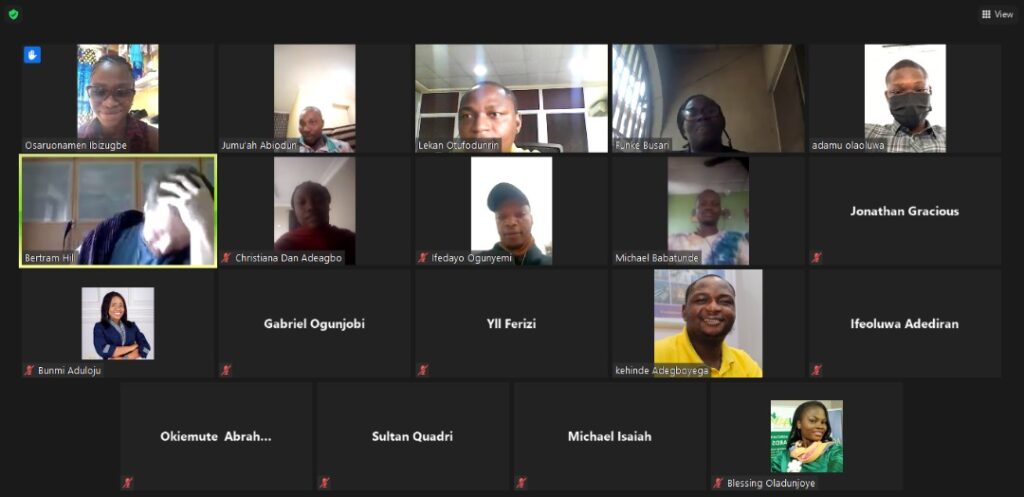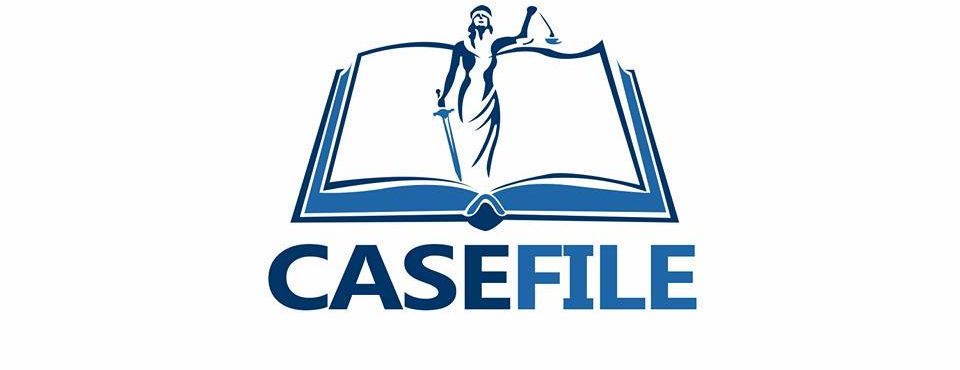Funke Busari, Lagos
The Human Rights Journalists Network, HRJN has trained journalists on how to employ Open-Source Intelligence, OSINT, in carrying out investigative reporting.

OSINT refers to the use of varying methods for collecting, analyzing and making decisions about data accessible in publicly available sources.
The training, which was facilitated by Bertram Hill, a BBC Open-Source investigator, availed journalists the details on how to latch on technological-based sources or tools, which are available in the public and can produce compelling and evidence-based stories.
The training, co-anchored by HRJN’s Coordinator, Mr. Kehinde Adegboyega and Publisher of BONews Service, Blessing Oladunjoye, gave impetus to journalists whose works are focused on investigations uncovering details shrouded from the public.
Hill, during his presentation, demonstrated how open source investigation had aided him and production team of BBC News Africa Eye in uncovering the real cause of the explosion that claimed 23 lives at Ado Soba in Lagos State on March 15, 2020.
He disclosed that, “OSINT tools can be accessed through sites like Google Maps, Twitter, Facebook, Instagram tools. Other internet tools that could be use are Tweet deck, Google Alert, Scrapers, Google Map, Google Earth Pro, amongst others.
He explained that with pieces of information and evidence sourced here and there, the BBC News Africa Eye team was able to hold a major agency like NNPC to account for the deadly incident initially reported by many media as a big pipeline explosion.
Kehinde Adegboyega, Co-ordinator, HRJN, engaged the facilitator on how financial implication could make OSINT investigation difficult for journalists in the country, describing budget as a critical factor in carrying out or verifying information about issues in the country.
On her part, Oladunjoye harped on the possibility of making OSINT tools accessible to journalists with disabilities as well as disseminating the information in accessible formats to persons with disability, especially deaf and visually impaired persons.
The facilitator acknowledged the challenges, stating that it is not that easy for radio journalists to tap on the tools, because OSINT employ visualization, the way to go about the situation is to present the information in form of story-telling.
The training themed, “OSINT – Advancing Your Investigative Skills”, had in attendance journalists from Nigeria and in diaspora.


